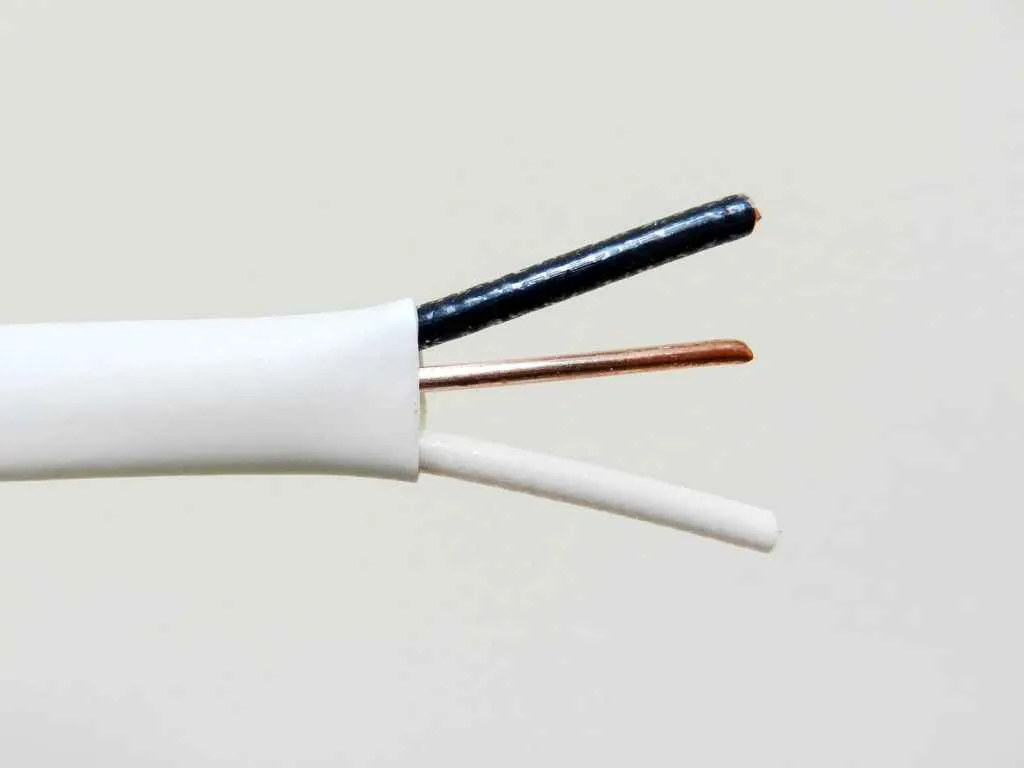Understanding Romex Wire: A Comprehensive Guide
Time: 2025-05-07 06:58:11
Source: Henan Province Jianyun Cable Co., Ltd.
What Is Romex Wire?
Romex wire, also known as non-metallic (NM) sheathed cable, is a widely used type of electrical wiring in residential and light commercial buildings. It consists of insulated conductors enclosed within a non-metallic sheath, making it suitable for indoor installations in dry locations.

Components of Romex Wire
A typical Romex cable comprises the following components:
-
Conductors: Usually made of soft, uncoated copper wires that carry the electrical current.
-
Insulation: Each conductor is insulated with color-coded PVC (polyvinyl chloride) to identify its function (e.g., black for hot, white for neutral).
-
Ground Wire: An uninsulated or green-insulated copper wire that provides a path to ground for safety.
-
Outer Sheath: A durable, non-metallic PVC jacket that encases all the conductors, providing mechanical protection and insulation.
Types of Romex Wire
Romex wires come in various types and sizes, each suited for specific applications:
-
14/2: Two conductors with ground; suitable for 15-amp circuits. Commonly used for lighting circuits.
-
12/2: Two conductors with ground; suitable for 20-amp circuits. Typically used for general-purpose outlets.
-
10/2: Two conductors with ground; suitable for 30-amp circuits. Used for heavy-duty appliances like air conditioners.
Color Coding of Romex Wire
The outer sheath of Romex wiring is color-coded to indicate the wire's gauge and its intended application:
-
White: 14-gauge wire for 15-amp circuits.
-
Yellow: 12-gauge wire for 20-amp circuits.
-
Orange: 10-gauge wire for 30-amp circuits.
-
Black: 8 or 6-gauge wire for 40- to 55-amp circuits.
-
Gray: Designated for underground installations, offering water, oil, and sunlight resistance.
Common Applications
Romex wire is widely used in residential settings for:
-
Lighting Circuits: Powering ceiling lights, wall sconces, and recessed lighting.
-
Outlet Circuits: Providing power to general-purpose receptacles.
-
Appliances: Supplying electricity to household appliances like refrigerators, dishwashers, and washing machines.
-
HVAC Systems: Connecting heating and cooling equipment.
Advantages of Romex Wire
Romex wire offers several benefits:
-
Ease of Installation: Lightweight and flexible, making it easy to handle and install.
-
Cost-Effective: Generally less expensive than other wiring methods.
-
Code Compliance: Meets National Electrical Code (NEC) standards for residential wiring.
-
Versatility: Suitable for various indoor applications in dry locations.
Installation Guidelines
When installing Romex wire, consider the following guidelines:
-
Securing: Cables should be secured at intervals not exceeding 4.5 feet and within 12 inches of electrical boxes.
-
Protection: Avoid installing Romex in areas where it may be exposed to physical damage. Use conduit or other protective measures as required.
-
Conduit Use: While not typically necessary, some jurisdictions may require Romex to be run through conduit in specific situations.
-
Splicing: Any splices must be made within accessible junction boxes using appropriate connectors.
Safety Considerations
To ensure safety when using Romex wire:
-
Indoor Use: Romex is designed for indoor use in dry locations. Do not use it outdoors unless it is UF-B rated.
-
Avoid Overloading: Ensure the wire gauge matches the circuit's amperage to prevent overheating.
-
Code Compliance: Always follow local electrical codes and the National Electrical Code (NEC) requirements.
-
Professional Installation: Consider hiring a licensed electrician for installation to ensure safety and compliance.
Frequently Asked Questions
Can Romex wire be used outdoors?
Standard NM-B Romex is not rated for outdoor use. For outdoor or direct burial applications, use UF-B Romex, which is designed to withstand moisture and environmental conditions.
Is it acceptable to run Romex in conduit?
While not common practice, Romex can be run in conduit in certain situations. However, it's generally more appropriate to use individual THHN or THWN-2 wires within conduit systems.
What do the numbers on Romex wire mean?
The numbers indicate the wire gauge and the number of conductors. For example, "12/2" means 12-gauge wire with two conductors plus a ground wire.
Can Romex wire be used in commercial buildings?
Romex is primarily designed for residential use. Its use in commercial buildings is limited and subject to local codes and regulations.
Conclusion
Romex wire is a versatile and widely used solution for residential electrical wiring. Understanding its components, types, applications, and safety considerations is crucial for proper installation and use. Always adhere to local codes and consult with professionals when necessary to ensure a safe and compliant electrical system.
